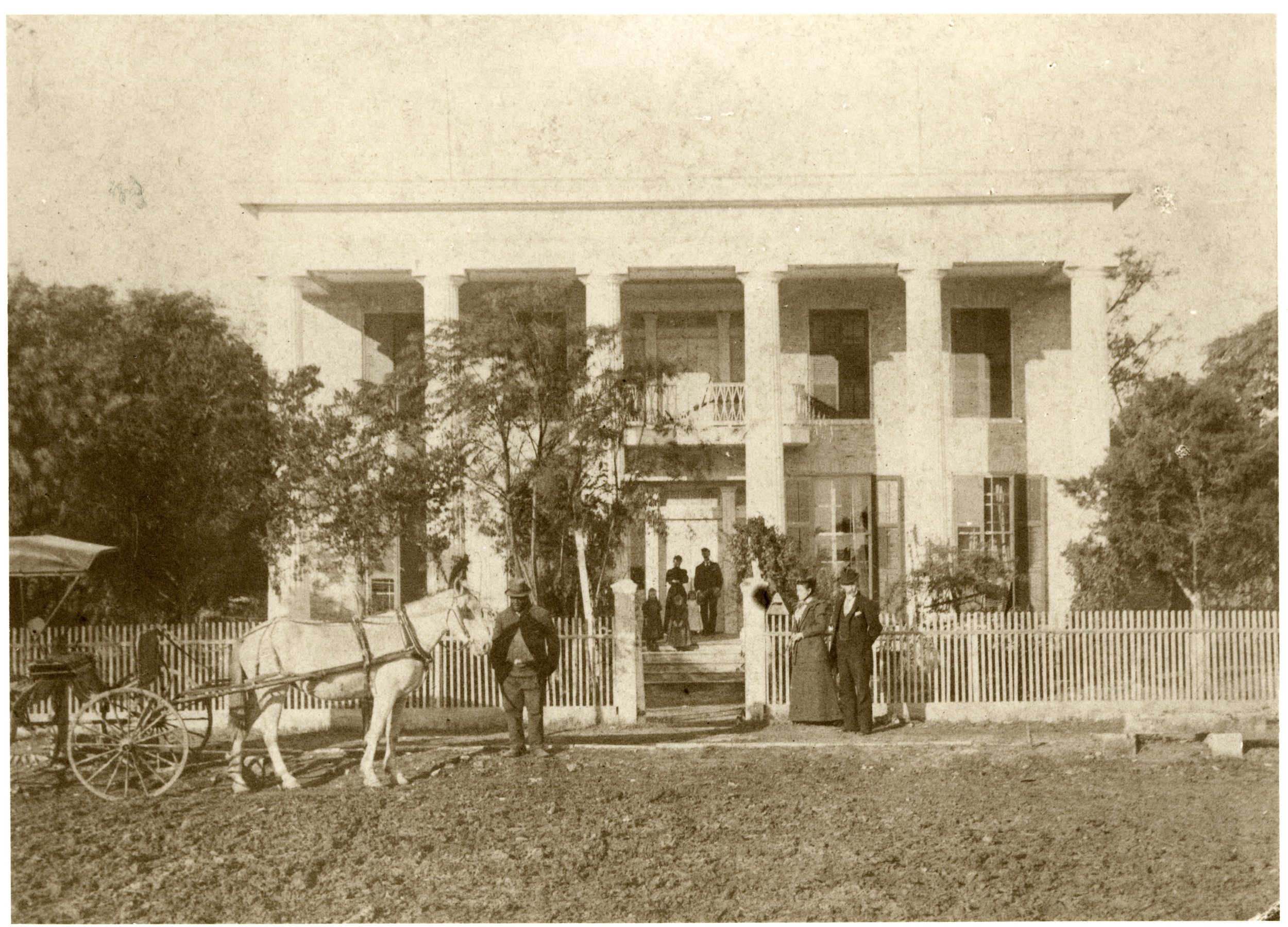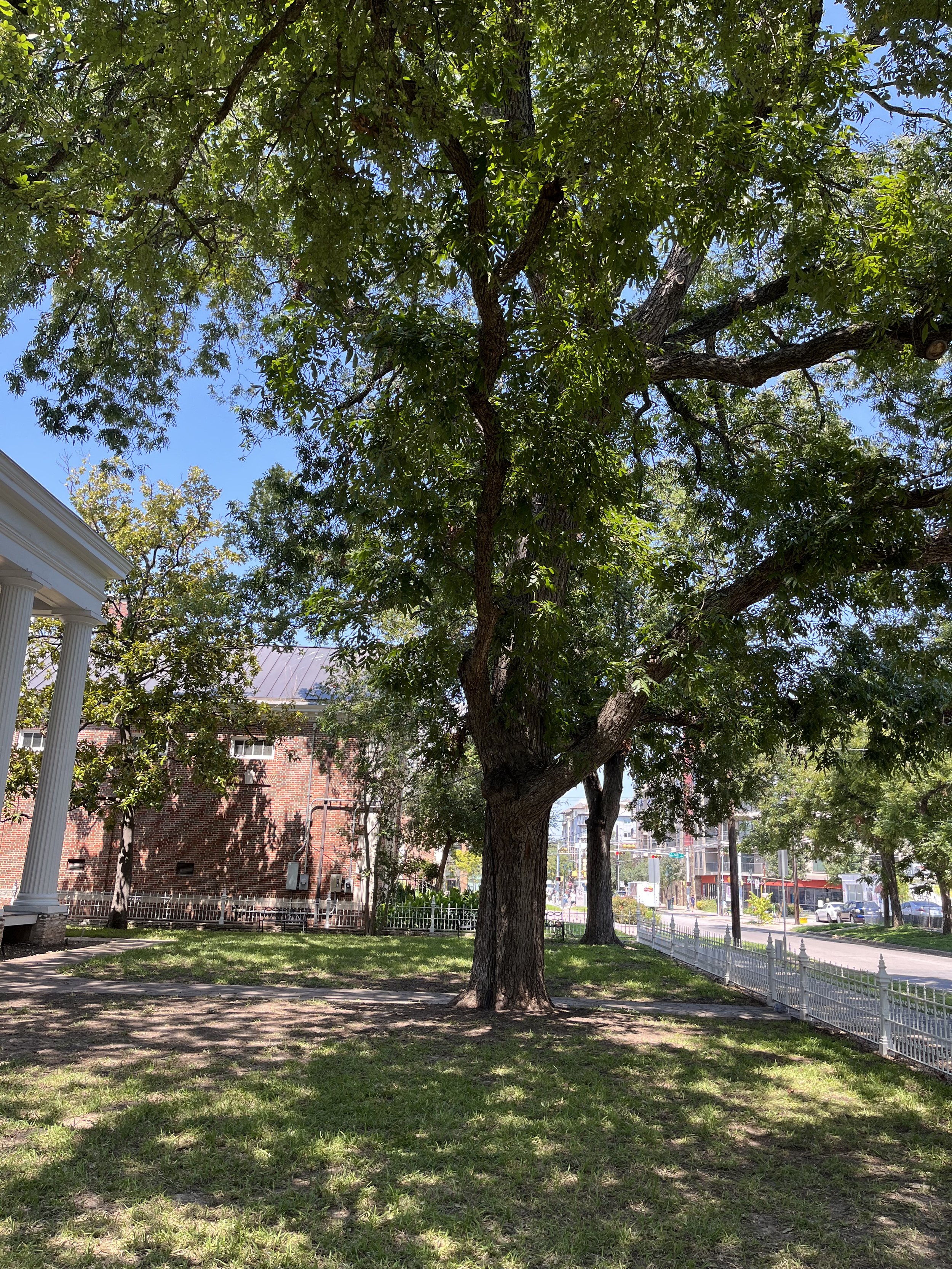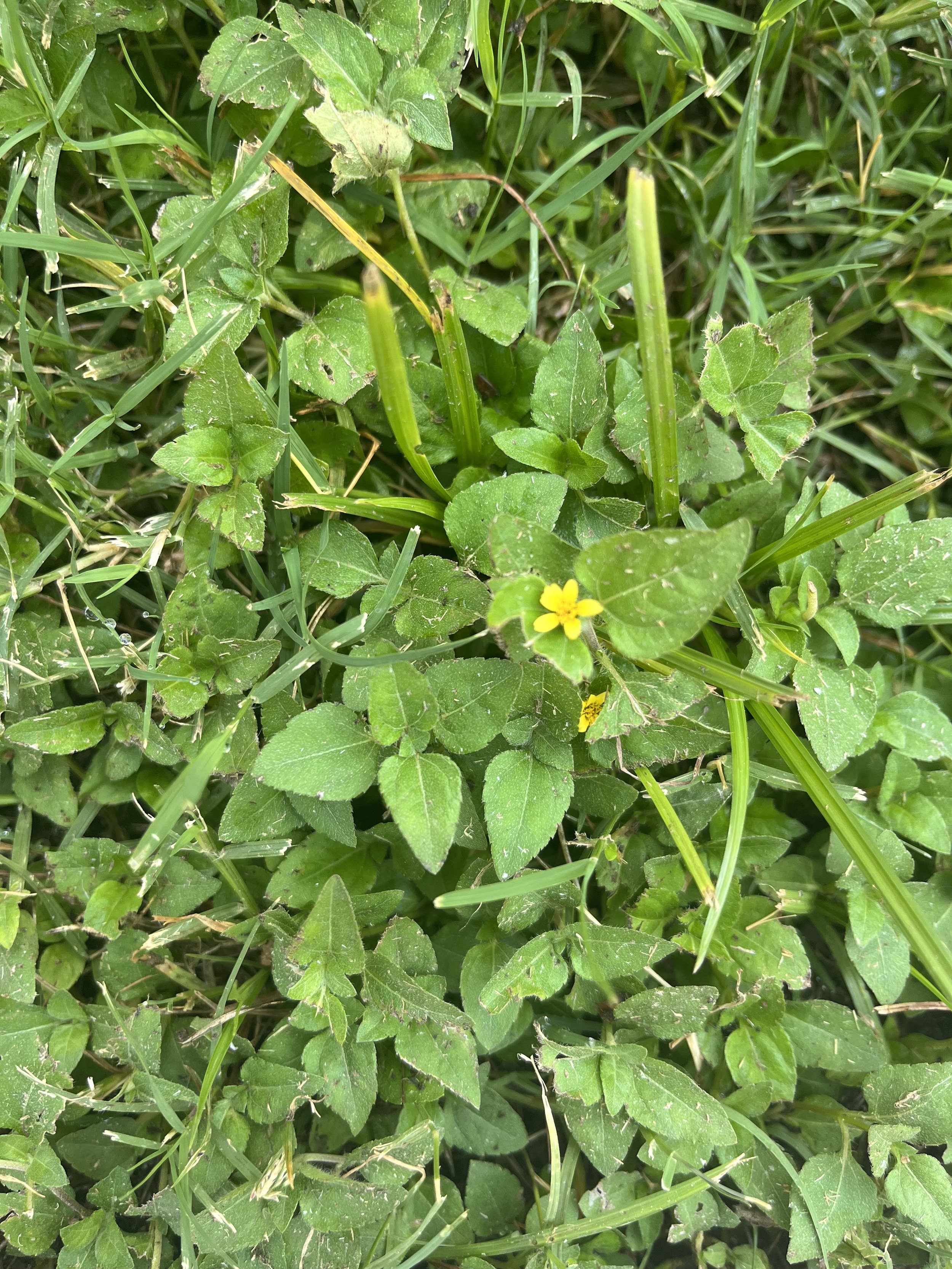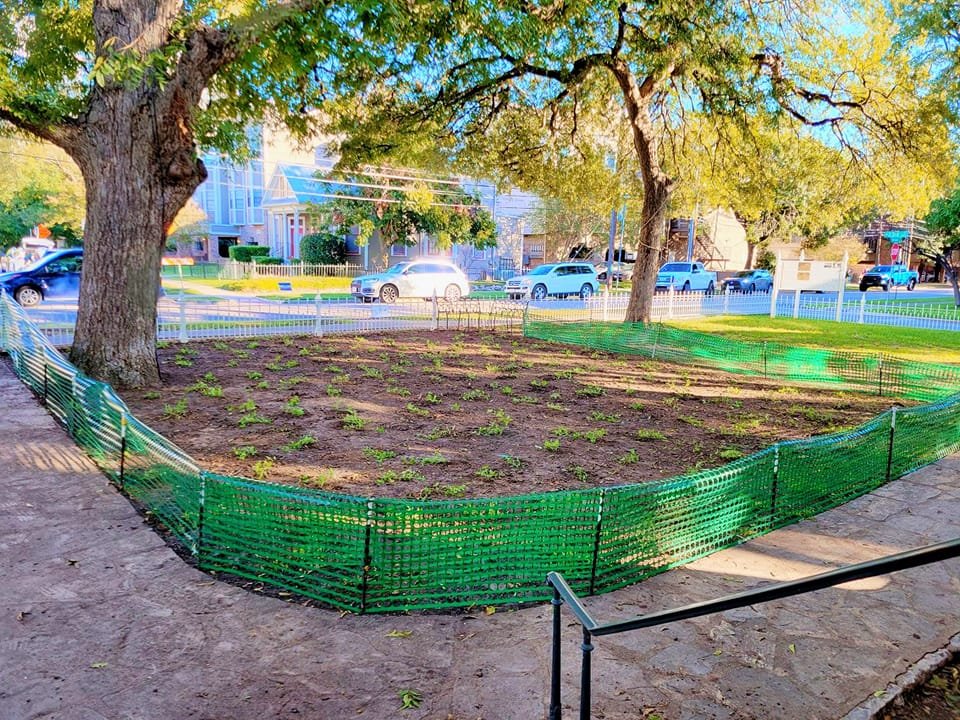Keep Out! Ground Under Repair!
When you work at a museum, the last thing you want to do is put up a sign that screams KEEP OUT! We spend our time figuring out ways to improve access to our site. During COVID, we added a virtual tour to bring you indoors because we hated to be closed. We are constantly adding new programming that brings in different types of audiences because we want to share our history and our spaces with as many visitors as possible. And when we realized we were the last patch of greenspace in West Campus, we started welcoming our neighbors and their two-legged friends to use us as an off-leash dog park.
So, it takes a lot for us to put up a KEEP OUT sign. But the reality is that in front of the Museum, lately we haven’t been so much a green space as a muddy brown space. Thanks to our heritage Pecan tree, which is 160 years old, whose canopy covers much of the lawn, and whose shade is a welcome respite over the long summer months, it’s hard to grow grass. That shade is hard on sod grass, but it turns out that Pecans are challenging in another way as well – they’re toxic!
Pecan trees are allelopathic, which means that they release chemicals that harm other plants. In the Pecan’s case, the chemical is called juglone, and it is released from the leaves, the nuts, the nut casings, the pollen – basically all of the things that fall off of a Pecan tree over the course of a year. So, grass just won’t live underneath and around our beautiful Pecan tree.
Enter Horse Herb (aka Straggler Daisy, scientific name Calyptocarpus vialis). This little plant is native to the southern coastal states (Alabama, Florida, Louisiana, Mississippi, and Texas). And it’s a trooper! It can handle sun, part shade, or full shade as well as both dry and moist soil. It is evergreen in temperate areas and deciduous in areas with cold winters, but it comes back strong in Spring. And just as important, as a native to this area, it is resistant to juglone and cohabitates comfortably with Pecan trees.
Thanks to our friends at Barton Springs Nursery and volunteers from Generation Serve, we have planted 200 Horse Herb plants, and we are hoping that by next summer, we will have a green carpet in front of the Museum. Investing in native plantings will bring our lawn back closer to its appearance when the Neills and Cochrans lived here in the 19th century, will reduce our water usage, and will provide a habitat for native pollinators. Keep your eye out for the little yellow flowers; now that you’ve seen Horse Herb/Straggler Daisies, you’ll start seeing them everywhere around Austin. One person’s weed is another’s (and now our) native lawn cover!




